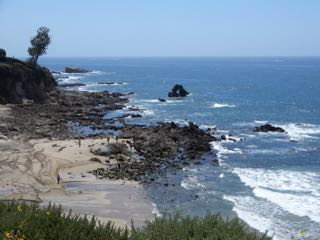
-
| 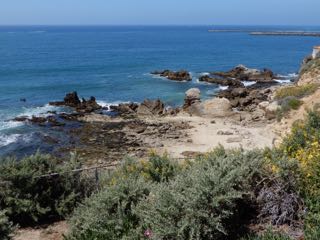
-
| 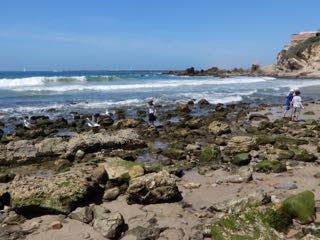
-
|
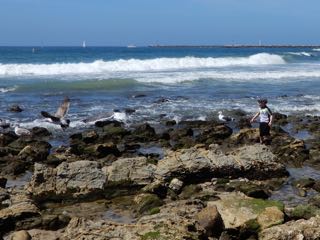
-
| 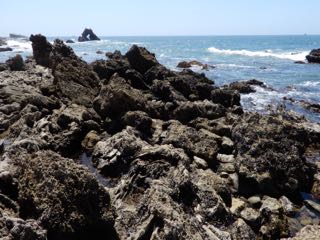
-
| 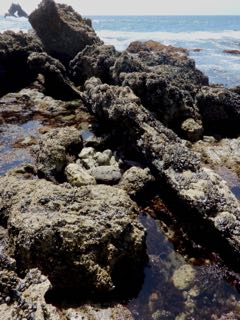
-
|
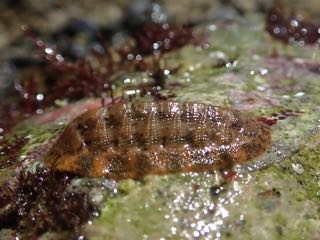
Lepidozona pectinulata (the pectinulate Lepidozona)
| 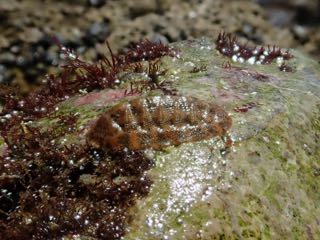
-
| 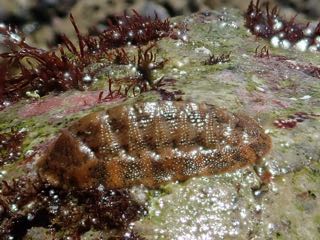
-
|
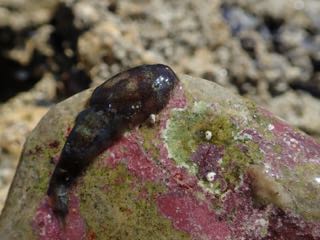
northern clingfish (Gobiesox maeandricus)
| 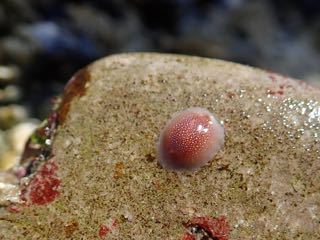
-
| 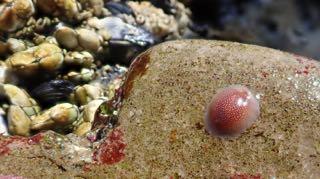
-
|
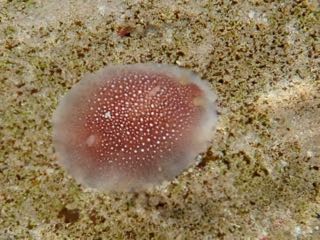
juvenile nudibranch, tenative ID from Brenna Green: Doriopsilla albopunctata
| 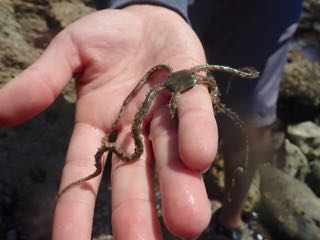
-
| 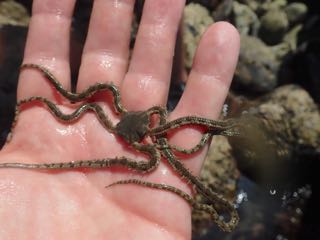
Ophionereis annulata (banded brittle star)
|
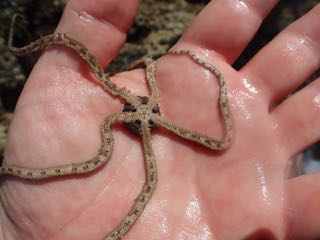
-
| 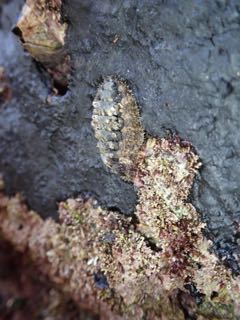
-
| 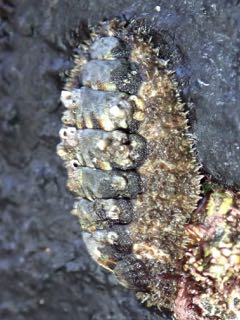
southern spiny chiton (Nuttallina fluxa)
|
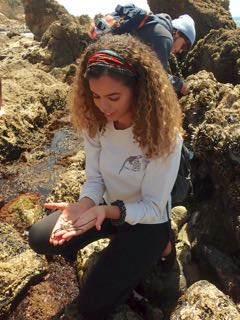
-
| 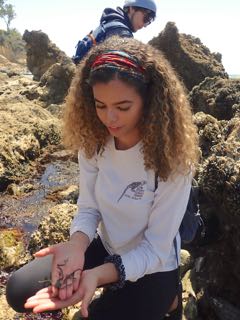
-
| 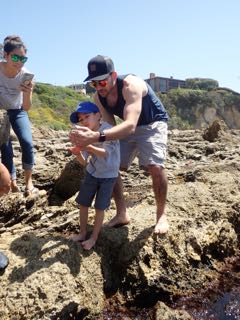
-
|
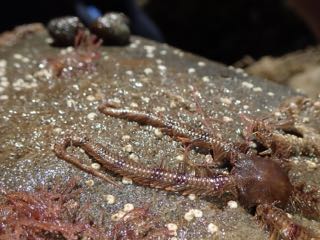
spiny brittle star (Ophiothrix spiculata)
| 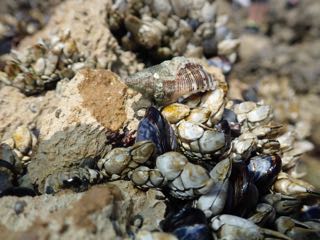
-
| 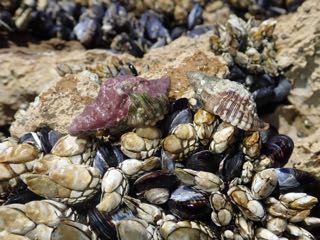
Two Poulson's rock snails (Roperia poulsoni) temporarily placed on some gooseneck barnacles
(Pollicipes polymerus).
|
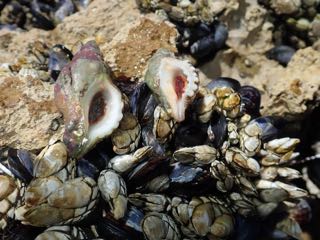
-
| 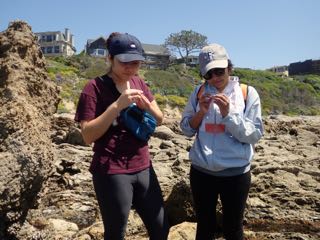
-
| 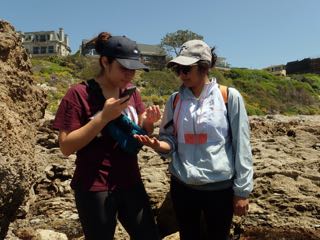
-
|
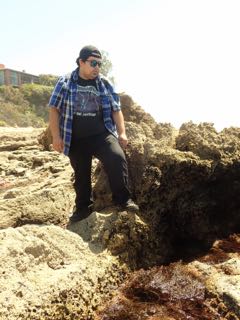
-
| 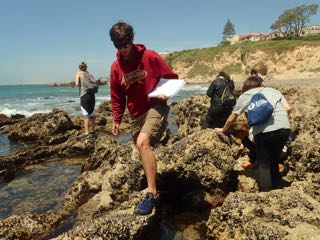
-
| 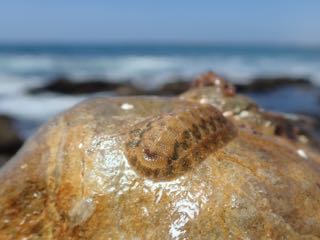
Lepidozona pectinulata
|
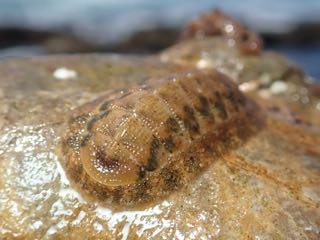
-
| 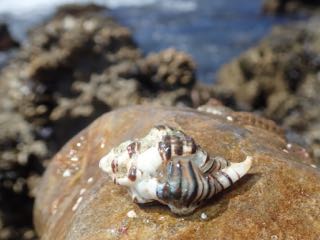
Maxwellia gemma (gem murex)
| 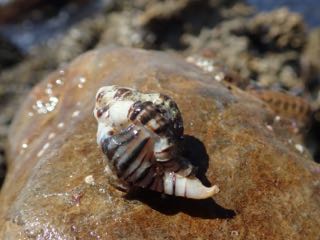
-
|
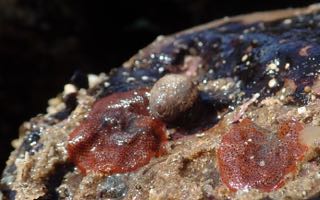
introduced bryozoan species, Watersipora subtorquata, in the rocky intertidal,
here next to Tegula eiseni<./a>
| 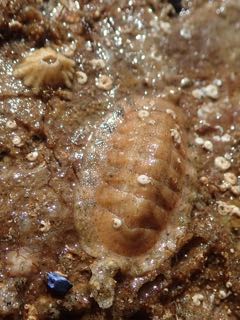
Lepidozona pectinulata
| 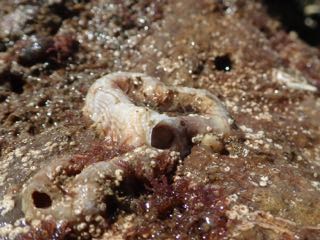
scaled wormsnail (Thylocodes squamigerusd )
|
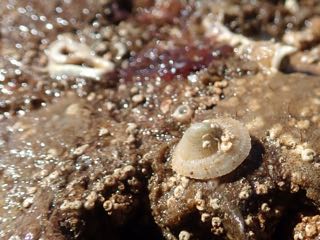
The pulmonate limpet, Trimusculus reticulatus (reticulate buttonsnail),
temporarily moved out of a burrow created by a long-gone boring pholad bivalve. These are rather sedentary suspension feeders, fishing with a string of mucus.
| 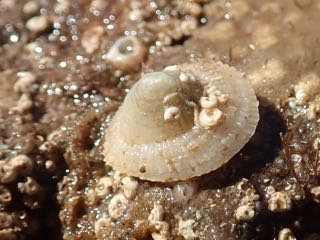
-
| 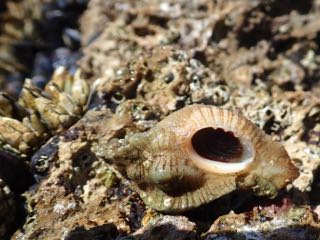
Pteropurpura festiva (festive murex)
|
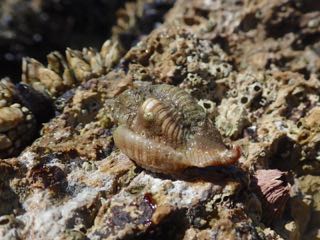
-
| 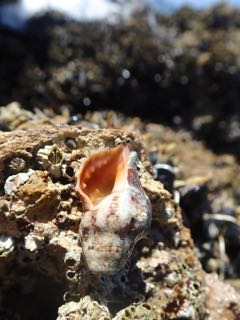
view of the aperture of a Poulson's rock snail (Roperia pousoni)
| 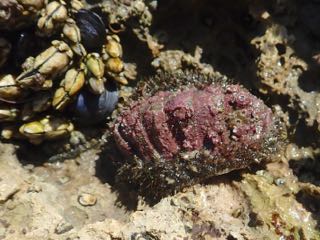
mossy chiton (Mopalia muscosa)
|
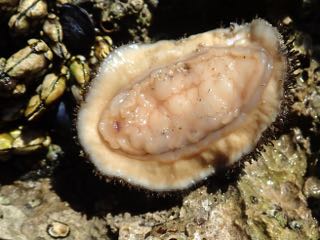
-
| 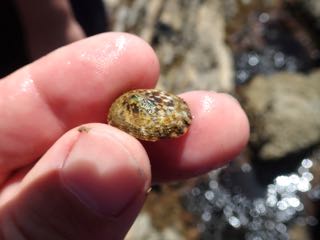
file limpet (Lottia limatula)
| 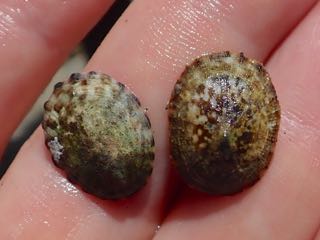
left: Lottia gigantea (owl limpet) juvenile (shell);
right: Lottia limatula (file limpet)
|
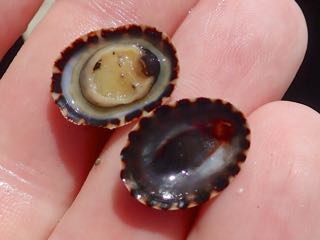
-
| 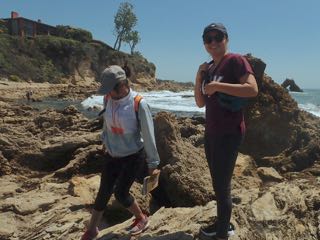
-
| 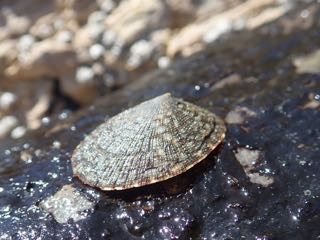
Lottia limatula (file limpet)
|
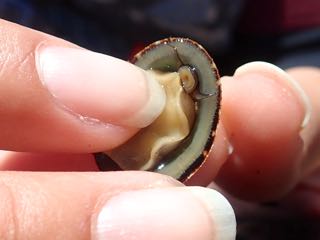
Note how the file limpet has dark pigmentation on its head, cephalic tentacles,
and side of the foot (similar to the owl limpet but with subcentral, not anterior, apex, and with dorsal shell sculpturing having file-like riblets when
not eroded).
| 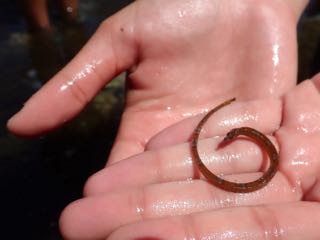
-
| 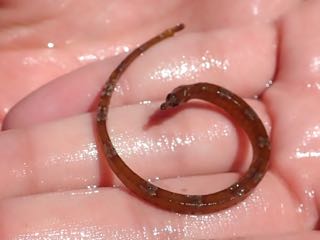
Cosmocampus arctus (snub-nose pipefish) (identification by Dr. Larry Allen)
|
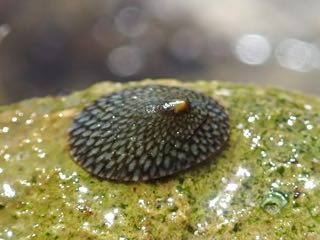
This juvenile Lottia fenestrata (fenestrate limpet) is less eroded than most.
| 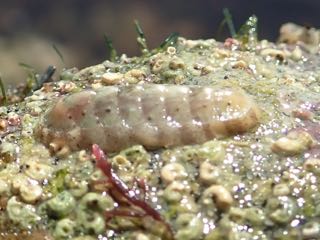
juvenile Stenoplax conspicua (conspicuous chiton)
| 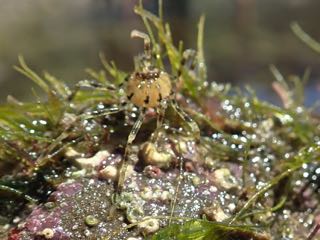
-
|
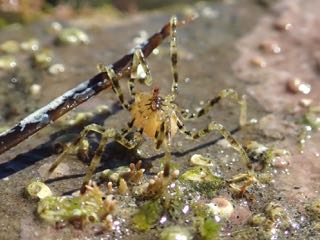
A male sea spider (pycnogonid), Ammothea hilgendorfi, brooding embryos.
This Pacific Ocean species has been introduced to the U.K., most likely via ship travel. Source:
Bamber, Roger N. (2012) Marine Biodiversity Records 5: e78.
| 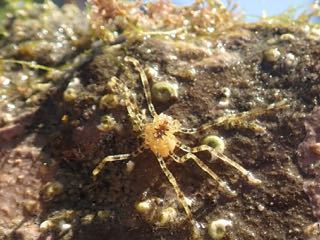
-
| 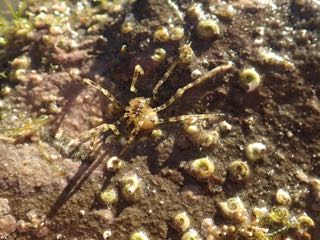
-
|
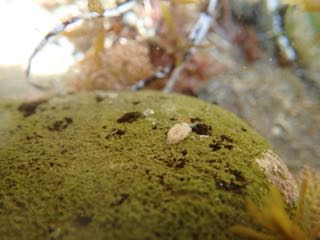
-
| 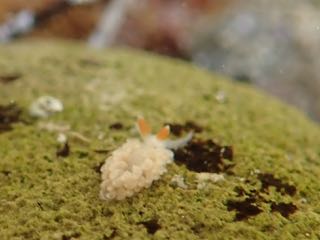
-
| 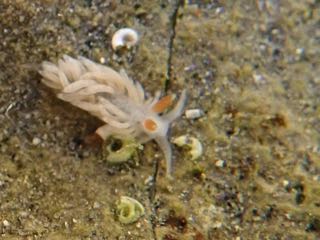
Anteaeolidiella cf. oliviae -- ID thanks to Brenna Green
|
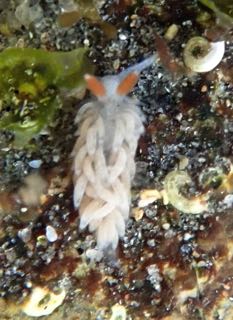
-
| 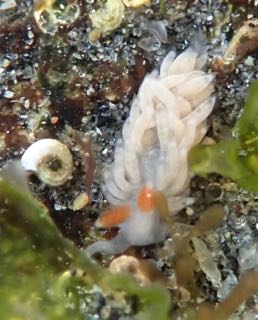
-
| 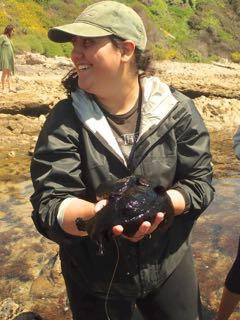
-
|
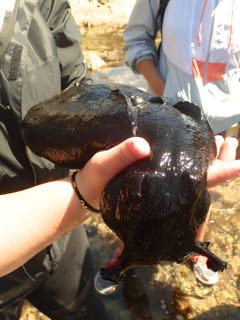
black sea hare (Aplysia vaccaria)
| 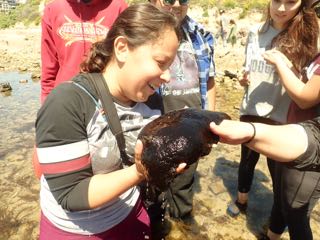
-
| 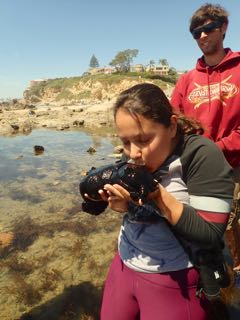
-
|
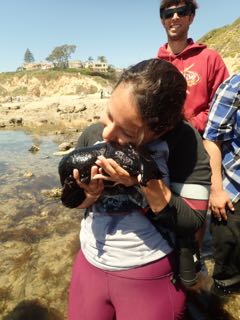
-
| 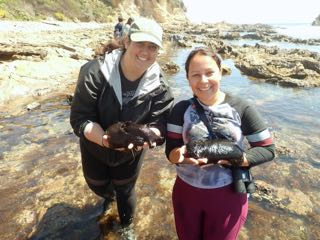
-
| 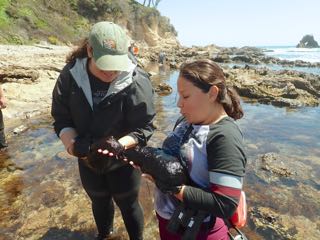
-
|
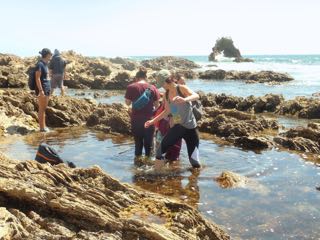
Also seen in this general vicinity were two interesting small snails:
Rictaxis punctocaelatus (striped barrel snail; in sand under small rock) and Stilapex sp. (on banded brittle star, Ophionereis annulata). The first
is interesting as a shelled slug-like gastropod (Acteonoidea) for its reported phylogenetic status either close to nudibranchs (Nudipleura) as reported
in a study by Klussmann-Kolb et al. (2008),
or as part of a paraphyletic grouping of "lower heterobranchs" as discussed in a later study by Jörger et al. (2010). The second snail is likely
a new species and new record for California of a family (Eulimidae) that parasitizes echinoderms. It was first discovered in southern California in 2018
on a similar field trip by a former Biology 317 student, Courtney, and is currently under study by three of us (including Courtney).
Source for Rictaxis phylogeny: Klussmann-Kolb et al. 2008;
Jörger et al. (2010) -- And see:
image at iNaturalist.org or
image at the Sea Slug Forum with egg string, which we also saw but did not recognize at the time.
| 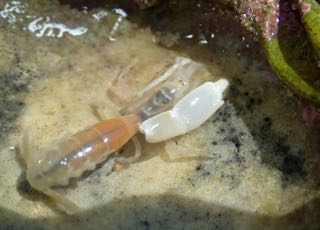
-
| 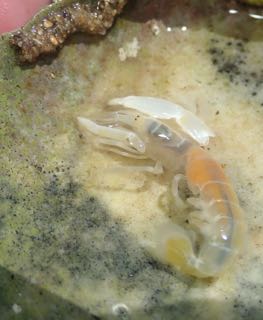
Neotrypaea biffari (tidepool ghost shrimp)
|
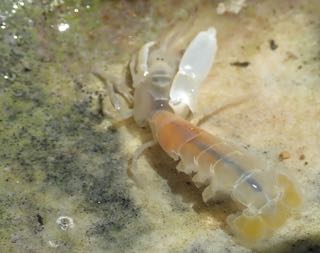
-
| 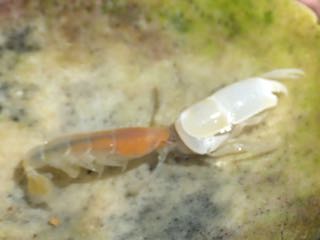
-
| 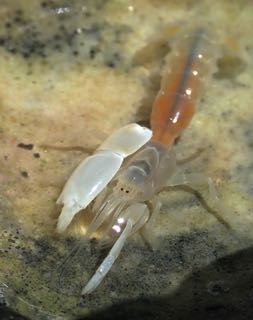
-
|
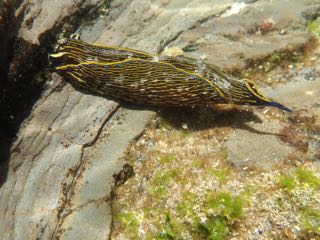
-
| 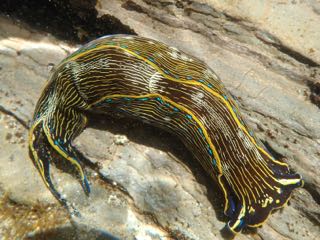
The predatory seaslug, Navanax inermis, follows the slime trails of other seaslugs.
| 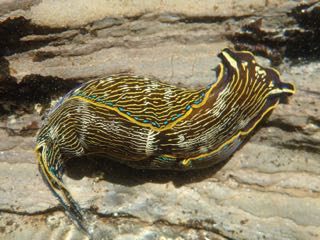
-
|
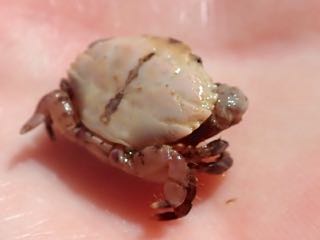
-
| 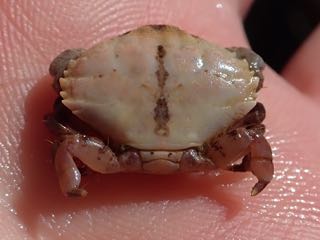
-
| 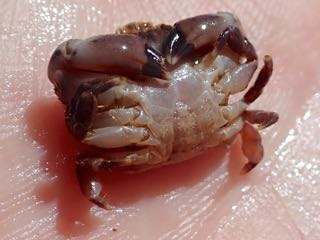
Lophopanopeus bellus (blackclaw crab)
|
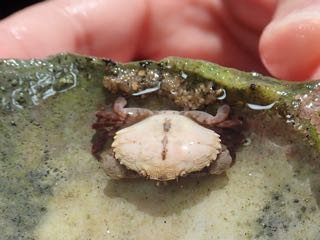
-
| 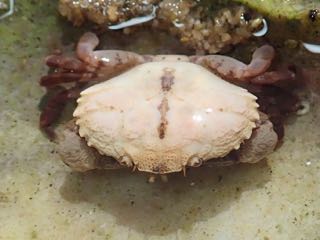
-
| 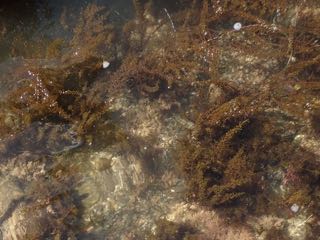
-
|
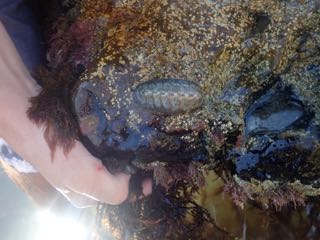
-
| 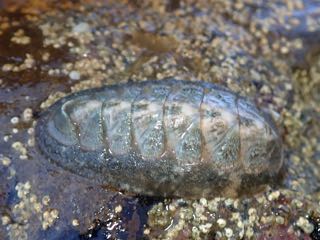
Stenoplax conspicua (conspicuous chiton)
| 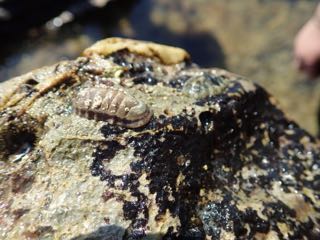
-
|
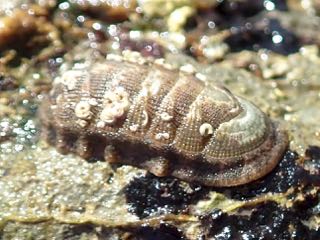
Lepidozona pectinulata
| 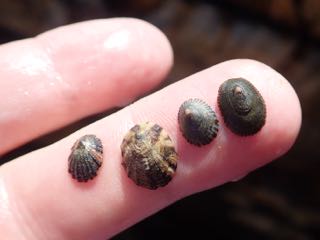
Left two: Lottia austrodigitalis (rock morphs); right two: Lottia strigatella
| 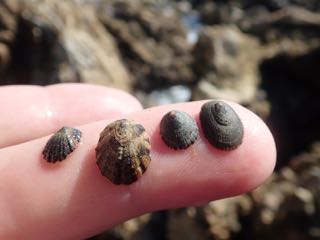
-
|
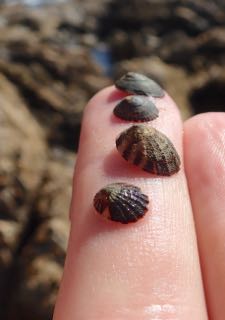
-
| 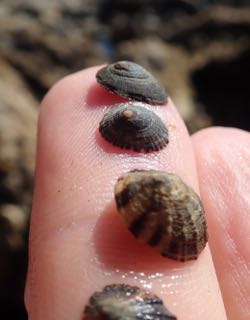
-
| 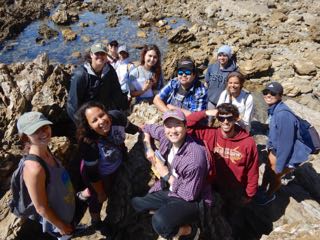
-
|
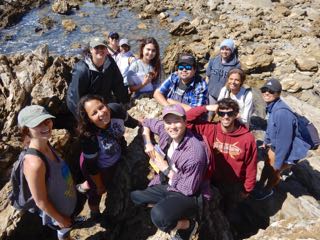
-
| 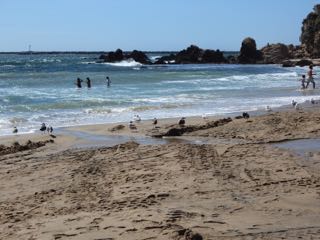
-
| 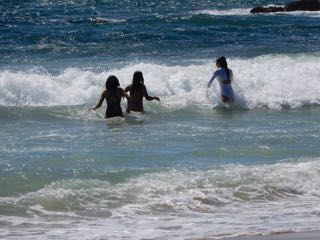
-
|
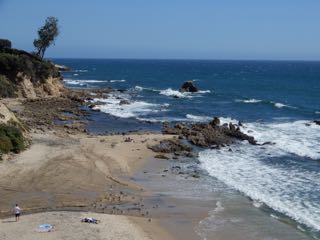
-
|
 Under Construction!
Under Construction! Under Construction!
Under Construction!